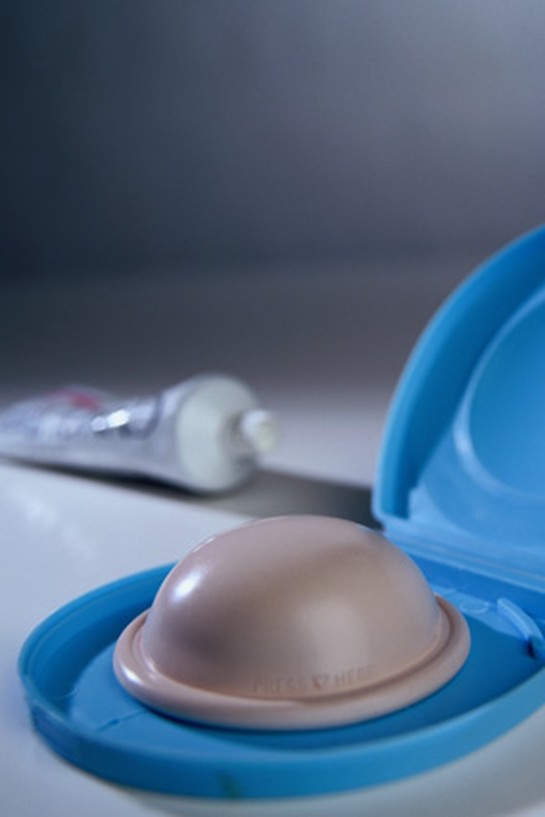Are You Ready for a Birth Control Makeover?
Even if you've been using the same method for a decade (make that especially if), it may be time to reassess your options.
By Corrie Pikul
The Diaphragm
What: This low-tech invention still works the same way that it did when reproductive rights activist Margaret Sanger introduced it to the United States in 1916: A small silicone dome that looks like a kitchen spice cup is filled with spermicide and manually inserted into the vagina to cover the cervix. This prevents sperm from meeting up with an egg.
Failure rate*: 6–12%
Who: CDC data shows that the diaphragm has virtually disappeared from the purses and nightstands of American women. Carusi says that she rarely sees patients who still use it, and those who do are somewhat older and tend to have issues with hormonal birth control or with condoms. Other potential users include fans of vintage clothing and midcentury feminist novels, like The Group by Mary McCarthy.
Why:
Failure rate*: 6–12%
Who: CDC data shows that the diaphragm has virtually disappeared from the purses and nightstands of American women. Carusi says that she rarely sees patients who still use it, and those who do are somewhat older and tend to have issues with hormonal birth control or with condoms. Other potential users include fans of vintage clothing and midcentury feminist novels, like The Group by Mary McCarthy.
Why:
- It's a barrier method that women can control.
- When used with condoms, it provides extra reassurance to those who really don't want to get pregnant.
- It's hormone free.
- The spermicidal gel can be messy and awkward.
- The diaphragm requires regular cleaning and care—kind of like dentures. This can make women feel mature, but in a grown-up kind of way, not an X-rated "adult" kind of way.
- Use of these devices has been linked to an increased risk of bladder infections, says Carusi.
- Current models need to be fitted to the cervix by a doctor. However, like swing coats, pumps and other Mad Men era accessories, the diaphragm may be ready for a refresh. Seattle-based health nonprofit called PATH has been working on a sleeker, user-friendly, one-size-fits-most diaphragm (no fitting necessary) in a splashy purple color. They plan to submit an application for the SILCS diaphragm to the FDA next year. This product could be available in the U.S. within the next couple of years.
Published 10/19/2011
As a reminder, always consult your doctor for medical advice and treatment before starting any program.


